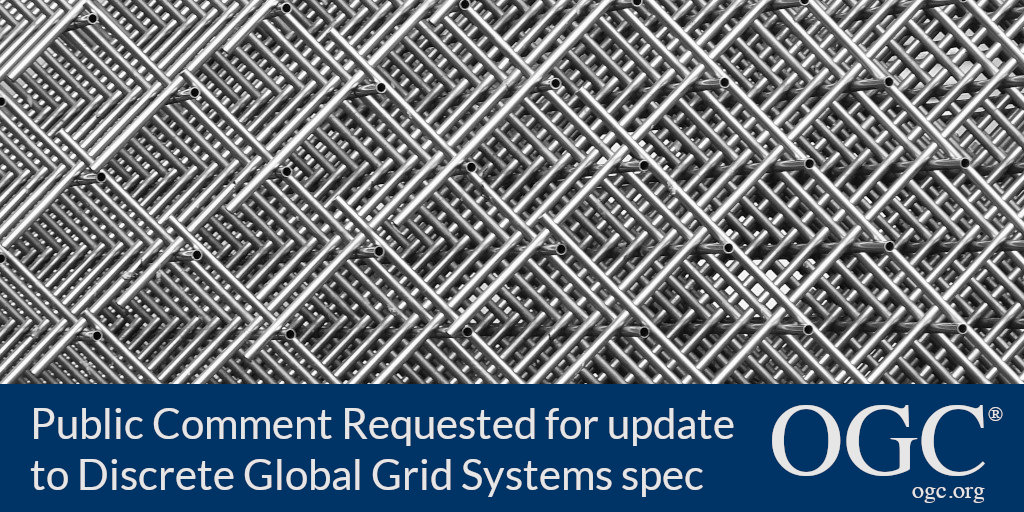The update, developed jointly with ISO TC211, enables 4D DGGS, aligns itself with other ISO standards, and more.

The Open Geospatial Consortium (OGC) membership has proposed updates to the OGC Abstract Spec Topic 21 – Discrete Global Grid Systems (DGGS) document and is seeking public comment before approval. This version was jointly developed with ISO TC211 and has the same normative content as ISO/DIS 19170-1:2020. Comments are due September 4, 2020.
The goal of a DGGS is to enable rapid assembly of spatio-temporal data without the difficulties of working with projected coordinate reference systems and complex geometries. DGGSs represent the Earth (or other planetary bodies) as hierarchical sequences of tessellations, each with global coverage and with progressively finer resolution. Each cell (or zone) in the tessellations has a unique identifier, so that individual observations can be assigned an identifier corresponding to both the position and size of the phenomenon being observed. This means that the resolution and precision of the data capture is inherently part of the stored data; not something that needs to be explained in metadata and therefore potentially overlooked.
Further, DGGS come with a standard set of topological queries that enable rapid data analysis of very large numbers of zones and, by their very nature, are well suited to parallel processing applications at multiple spatial resolutions – a boon for big data processing.
The changes in this revised edition compared to the previous OGC edition include:
- Separation of the DGGS standard into common modules and an extension for Equal Area Earth DGGS;
- Remodelling to incorporate new versions of ISO 19107, ISO 19111 & ISO 19112, and tighter integration with ISO 19115-1;
- Extending the common module to support up to three spatial dimensions and up to one temporal dimension;
- Additional modelling of temporal geometry and temporal reference systems sufficient for spatio-temporal DGGS, introducing the concept of a zone as a region of space-time equivalent to a location or an era;
- Remodelling algebraic functions as spatio-temporal extension of ISO 19107 Query;
- Explicit handling of Dynamic vs Static datums for Equal Area Earth DGGS.
The candidate OGC Abstract Spec Topic 21 – Discrete Global Grid Systems is available for review and comment on the OGC Portal. Comments are due by September 4, 2020, and should be submitted via the method outlined on the OGC Abstract Spec Topic 21 – Discrete Global Grid Systems' public comment request page.
About OGC
The Open Geospatial Consortium (OGC) is an international consortium of more than 500 businesses, government agencies, research organizations, and universities driven to make geospatial (location) information and services FAIR – Findable, Accessible, Interoperable, and Reusable.
OGC's member-driven consensus process creates royalty free, publicly available geospatial standards. Existing at the cutting edge, OGC actively analyzes and anticipates emerging tech trends, and runs an agile, collaborative Research and Development (R&D) lab that builds and tests innovative prototype solutions to members' use cases.
OGC members together form a global forum of experts and communities that use location to connect people with technology and improve decision-making at all levels. OGC is committed to creating a sustainable future for us, our children, and future generations.
Visit ogc.org for more info on our work.
“







